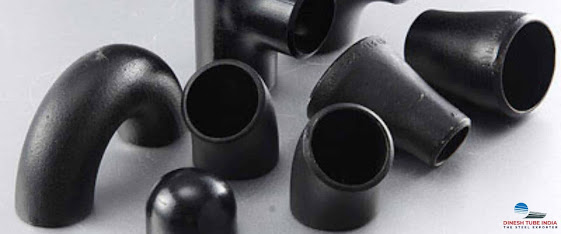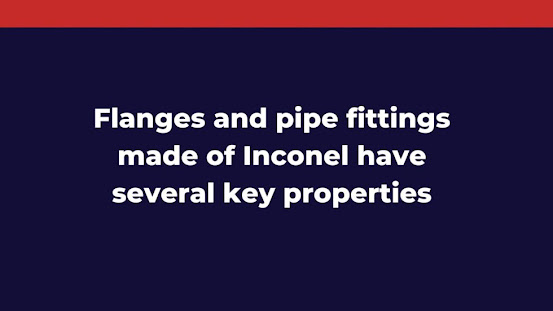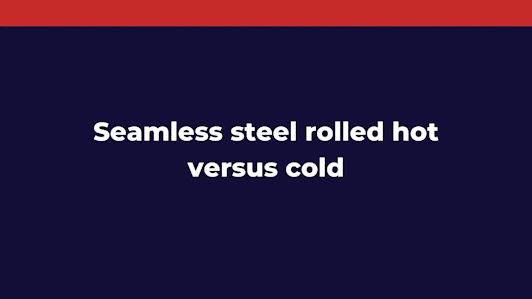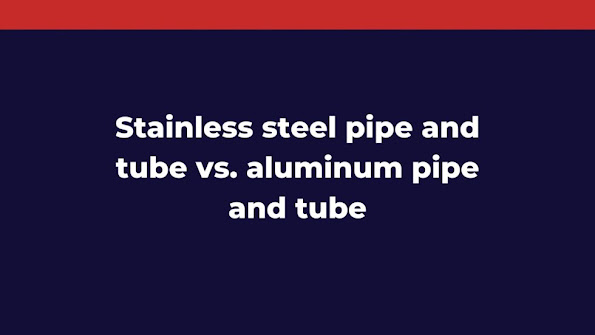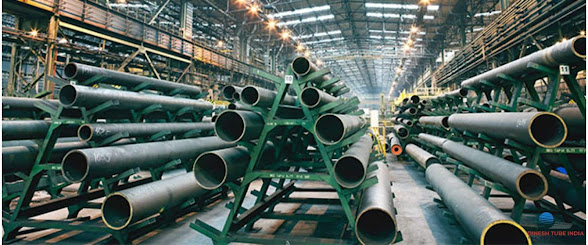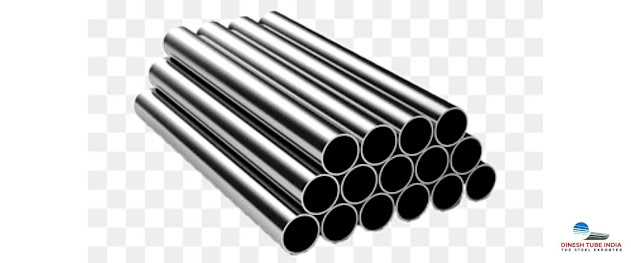Aluminum fittings in brake system?

What is the best way to replace brake lines? 1. Find the leak and fix the faulty line. If you replace brake line, the line can also be cut off and a socket inserted. Don’t bend the existing shape too badly as we’ll be using it after removing the lines. The next step is to remove the line from the master cylinder going to the driver’s side. To prevent any fluid from dripping, keep a rag handy. 2. Bending the New Line Depending on the material, you can buy a length or a roll of replacement lines. Copper is easier to work with, corrosion resistant, but can work harden or fatigue more easily. Steel on the other hand is susceptible to corrosion so coatings are applied such as an epoxy or zinc. 3. The line should be cut to size Once the cutter tool is in place, remember to cut about 1/4″ longer to account for the flare, tighten the knob, spin the cutter until it’s loose, tighten again, spin, and repeat until the end separates. 4. Flare the line This is a double flare connection for the f
